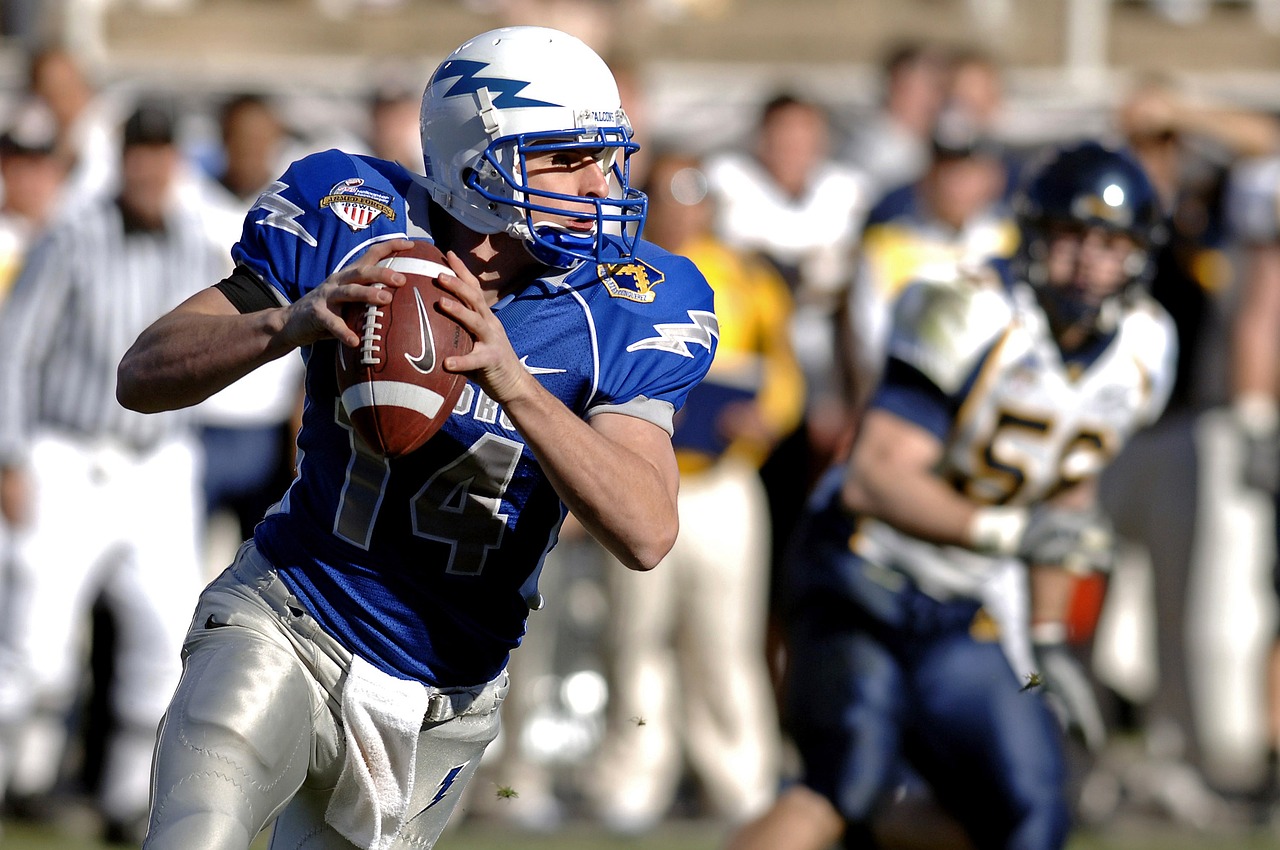College sports have undergone a major transformation in recent years, with the introduction of virtual reality technology and Name, Image, and Likeness (NIL) deals. These advancements have not only changed how we experience college sports as spectators, but they have also profoundly impacted the culture surrounding these athletes and their development. Christopher Linton Alabama location, will explore how virtual reality and NIL deals have revolutionized college sports culture and athlete development.

Virtual Reality: A New Era of Fan Experience
Gone are the days of simply watching a game on TV or attending it in person. Virtual reality has opened up a whole new realm of possibilities for experiencing college sports. With VR technology, fans can immerse themselves in the game like never before.
They can feel like they’re right there on the field with their favorite players, witnessing every play and feeling the rush of being in the midst of all the action. This has not only enhanced the fan experience but also increased engagement and interest in college sports.
The Impact on Athlete Development
Virtual reality has been a game-changer in terms of training and development for athletes. With VR simulations, they can practice and perfect their skills in a realistic and immersive environment without the risk of injury. This has allowed them to push their limits and improve their performance in a safe and controlled setting.
Additionally, VR technology has also been used for mental training and preparation. Athletes can use VR simulations to visualize themselves in different game scenarios, helping them to develop a strong mindset and prepare for high-pressure situations.
Name, Image, and Likeness (NIL) Deals: Empowering Athletes
Another major development in college sports is the introduction of NIL deals. These agreements allow college athletes to profit off their name, image, and likeness, something previously prohibited by NCAA rules.
With these deals, athletes can now capitalize on their brands and endorsements, previously controlled by universities and the NCAA. This has given athletes more control over their careers and financial opportunities, empowering them to make the most of their talents and hard work.
The Changing Culture Surrounding College Sports
The introduction of virtual reality technology and NIL deals has also brought about significant cultural shifts in college sports. With VR, fans can now engage with the game in a more personal and intense way, blurring the lines between reality and virtual experience.
The rise of NIL deals has also led to a change in the perception of college athletes. They are no longer seen as just students playing for their school but as marketable individuals with their brands. This shift has sparked conversations about fair compensation for these athletes and the role of universities and the NCAA in their development.
Looking Forward
As we look to the future, the continuous evolution of VR technology and the maturation of the NIL landscape will undoubtedly usher in a new era for college sports. We can anticipate more personalized training regimes, innovative fan experiences, and an expanded view of being a student-athlete.
Colleges and athletes that adapt to these changes and embrace the opportunities while navigating the challenges will be in charge in this brave new world. The significance of these developments cannot be overstated—they are not merely changing the game but redefining it.
Final Thoughts
Virtual reality and NIL deals have revolutionized college sports, bringing about new opportunities and challenges for athletes, fans, and stakeholders. While these advancements have undoubtedly enhanced the fan experience and empowered athletes, they have also raised important questions about the culture surrounding college sports and athlete development. As we continue to navigate this new frontier, it is important to consider the potential impacts of these advancements and ensure that they are used ethically and responsibly.
